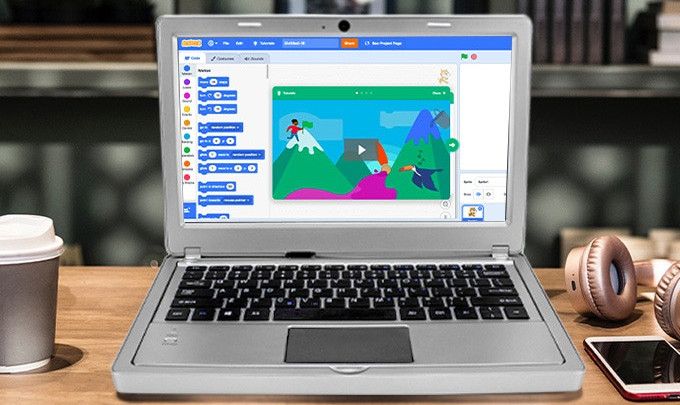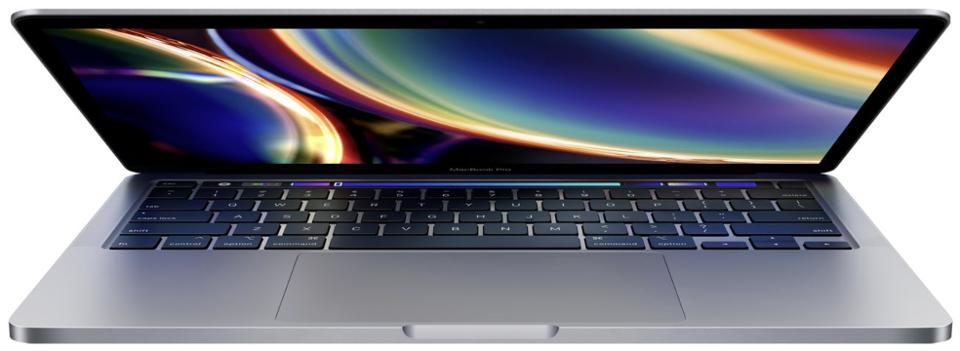Working For Notebookcheck
Are you a techie who knows how to write? Then join our Team! Especially English native speakers welcome!
Currently wanted:
German-English-Translator – Details here
Apple recently announced that it would be eventually transitioning the entire product lineup to ARM right from the iPhone all the way to the Mac Pro. Since then, the internet has been abuzz with the kind of interoperability benefits that this unified architecture model would entail. Apple has been able to somewhat bridge the gap between iPad OS and Mac via Catalyst, but what if there is just a single codebase that can adapt according to the usage scenario?
According to known leaker Mauri QHD, Apple is working on a prototype iPhone running macOS that will offer Project Linda/Samsung Dex-like functionality. Mauri QHD seems to be pretty confident about this insider info and is sure that Apple would choose either of the implementation for the final product, which apparently is not too far away.
While we have no way of verifying this particular info, come to think of it, an iPhone running full-fledged macOS is not a far-fetched concept anymore assuming that Apple is also trying to make macOS touch-friendly. That being said, this is not be first of its kind. There have been several attempts to provide a seamless transition between mobile and laptop/desktop experiences but none have been really successful so far.
Windows 10 Mobile offered the Continuum feature wherein a compatible phone such as the HP Elite x3 can connect wirelessly or via USB-C to a monitor, keyboard, and mouse and run supported UWP apps on a larger canvas. However, Continuum was just a glorified phone screen and though the desktop looked familiar, it’s functionality was far from it. Eventually, Microsoft pulled the plug on Windows 10 Mobile and shifted focus to porting Windows 10 for ARM processors.
Samsung has been offering DeX Mode on Galaxy devices for quite some time now, and it has become quite feature-rich over time including the ability to now run as an app within Windows or macOS. DeX, though very useful, does suffer from several limitations such as not all apps scaling properly to bigger screens, no real multi-tasking, and the inability to run heavier apps.
Samsung DeX does support VMware and also briefly offered Linux on DeX, which allowed users to download and run a full Ubuntu distro from within DeX. Though Linux on DeX seemed fairly capable, Samsung terminated its development citing incompatibility with One UI 2.0 and a general lack of developer interest.
Razer too showed off its Project Linda prototype at CES 2018 that essentially allowed users to dock-in a Razer Phone into a Blade Stealth-like laptop chassis and enjoy a bigger screen Android experience.
Apple is known for letting technologies mature and the company takes its own time to perfect things. If Apple is indeed working on porting macOS to the iPhone, we may see, for perhaps the first time, a seamless transition between mobile and desktop. Just dock the iPhone to a display and behold, a fully functional macOS desktop without too much of a compromise.
Of course, this feature may not appear on the upcoming iPhone 12 or even the one after that. That being said, Apple’s SoCs are among the fastest out there and by the time this project comes to fruition, we would be seeing very capable Apple Silicon that can easily take on some of the 15W processors of today. Apple would also have to develop frameworks that allow apps to utilize the capabilities of both macOS and iOS/iPad OS in a way that would efficiently blur the line between devices.
While it is only natural that Apple would look towards eventually developing this synergy between mobile and desktop, this particular news still needs to be taken with a pinch of the proverbial salt.



